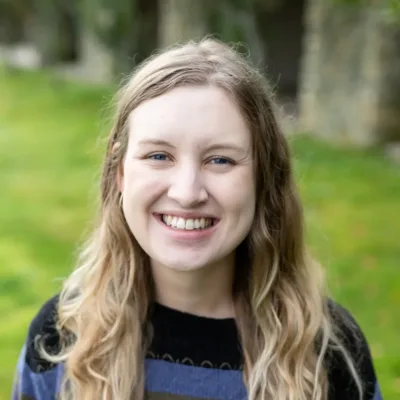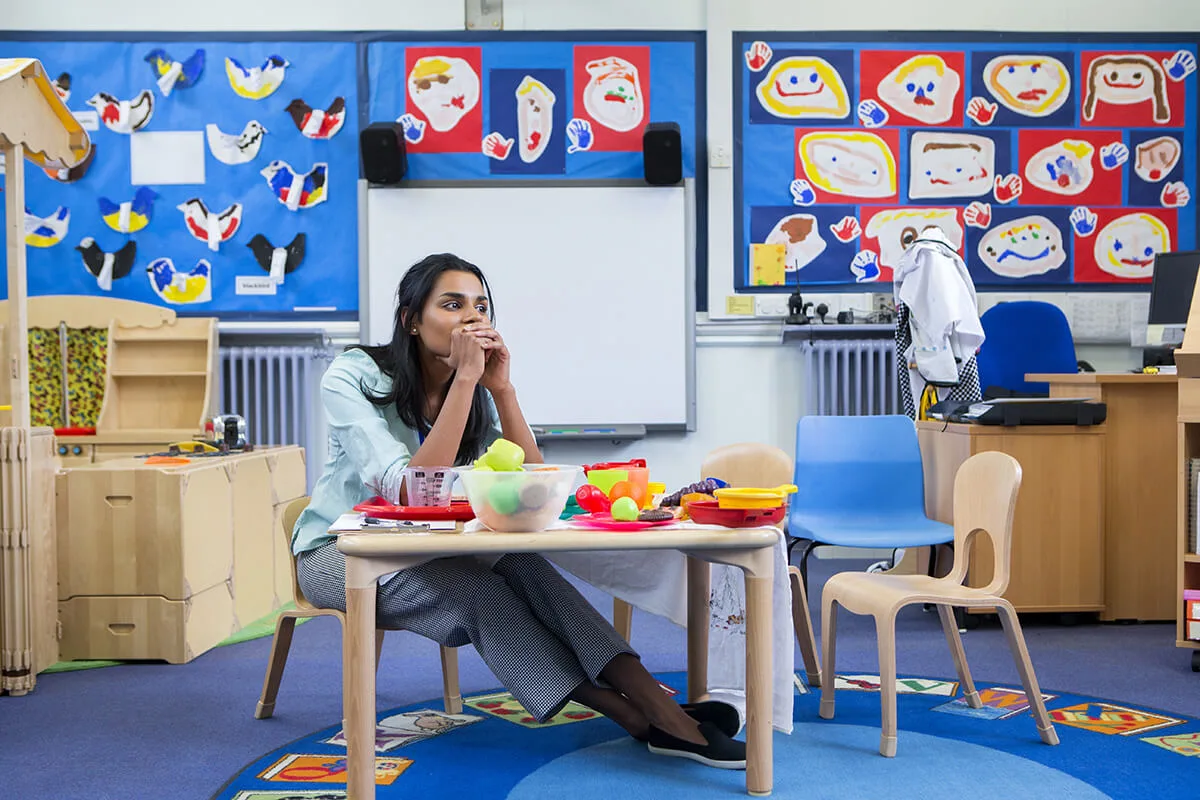
“What if we [reopen] for the first quarter and end up having to have virtual classes again?”
Arizonans have been working to find some semblance of normalcy ever since schools closed in March due to the coronavirus.
For students, like seniors at Bowie High School in eastern Arizona, the end of the school year was met not with prom dresses and family get-togethers, but with searching for unique ways to find closure as they approach graduation.
For educators, one question continues to loom — when can they return to the classroom?
Finding ways to celebrate
Bowie Unified School District Superintendent Wendy Conger said there were originally plans for five individual graduation ceremonies in Cochise County, but she worked with county officials to find a way to make a joint ceremony work instead.
The ceremony was held outside instead of in the auditorium to allow for more air flow and space, Conger said. She said they also set up an outdoor toilet so no one had to go inside the school, and they chose not to serve any refreshments so as to avoid having people touching shared items.
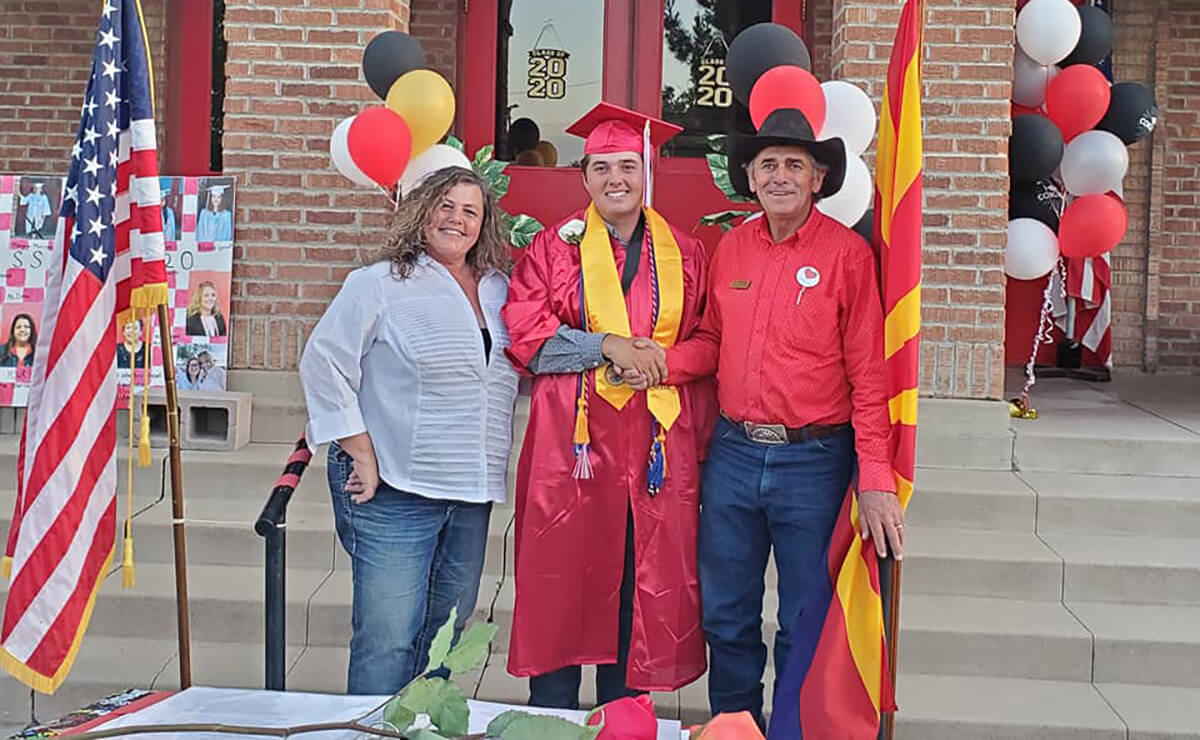
Organizers allowed families to sit together, but spread out from other families, and they encouraged those in attendance to wear masks and use the hand sanitizer the staff provided.
The ceremony culminated in a fun surprise Conger planned — a fireworks display.
“I want to make it really nice for them because we haven’t been able to be together,” Conger said. “We’ve had to do online, and I don’t want them to miss the opportunity to at least be able to see each other, recognize them, recognize the families, recognize my staff.”
An uncertain future
But now that the seniors have been sent off in style, Conger is looking to the future.
Her district, in which many students do not have access to computers or internet at home, received a $10,000 grant from Valley TeleCom to buy laptops for the children.
RELATED: Arizona Begins Preparations to Reopen Public Schools For Next School Year
The devices arrived the weekend before the school year ended.
“Didn’t help me for the past six weeks,” Conger said, laughing, “but it will help me prepare for August because I don’t know what August is going to look like.”
This uncertainty for the future is shared across the entire state.
Searching for statewide solutions
Jeanne Casteen, president of the Creighton School District Governing Board in Phoenix, and Democratic candidate for Maricopa County Superintendent, told The Copper Courier it’s too soon to know what school will look like in the fall, especially with businesses reopening this month.
Due to the uncertainty, educators are preparing for multiple outcomes.
“It’s not just creating the curriculum for the coming year under normal circumstances,” Casteen said. “But it’s also being really nimble and being able to consider, ‘What if we have a hybrid kind of schedule where we only see half of our students? Or what if we do for the first quarter and end up having to have virtual classes again?’”
If there does end up being a virtual element to the fall semester, Casteen said, one of the first things schools need to address is the digital divide happening in schools like Bowie’s.
RELATED: Coronavirus Pandemic Shows That Digital Divide Isn’t Just a Problem — It’s a Crisis
“We do have so many students who don’t have access either to internet or a device that would help them to stay current with their academics,” she said.
Casteen called for private companies to partner with schools to provide these resources, similar to the grant Bowie received. She pointed out that there’s still “an invisible group of people” who are left out of existing solutions. For example, if a program requires a Social Security number, undocumented families are left out.
“It makes sense to invest in your public education system so that you do have a strong workforce,” she said.
Casteen said teachers are also readying themselves to address the challenges students have experienced during this time, both academically and in their personal lives.
“We need to take a look at the social-emotional-mental health needs of our kids, because when we do that, we can be able to fill in the gaps and support them with the soft skills, so to speak,” Casteen said. “That’s when we can better understand what they need academically.”
Casteen said her vision for the future of Arizona education doesn’t involve panicking and trying to make up for the time lost as quickly as possible; it’s about “individual learning” and “building relationships.”
“For me and the Creighton district, I want them to focus on those personal connections, so that then they can focus on the academic learning,” Casteen said. “This is a marathon and not a race, so those kinds of things take time.”
Looking for the latest Arizona news in this time of crisis? Sign up for our daily newsletter and have it delivered straight to your inbox.
Politics

Trump says he’s pro-worker. His record says otherwise.
During his time on the campaign trail, Donald Trump has sought to refashion his record and image as being a pro-worker candidate—one that wants to...
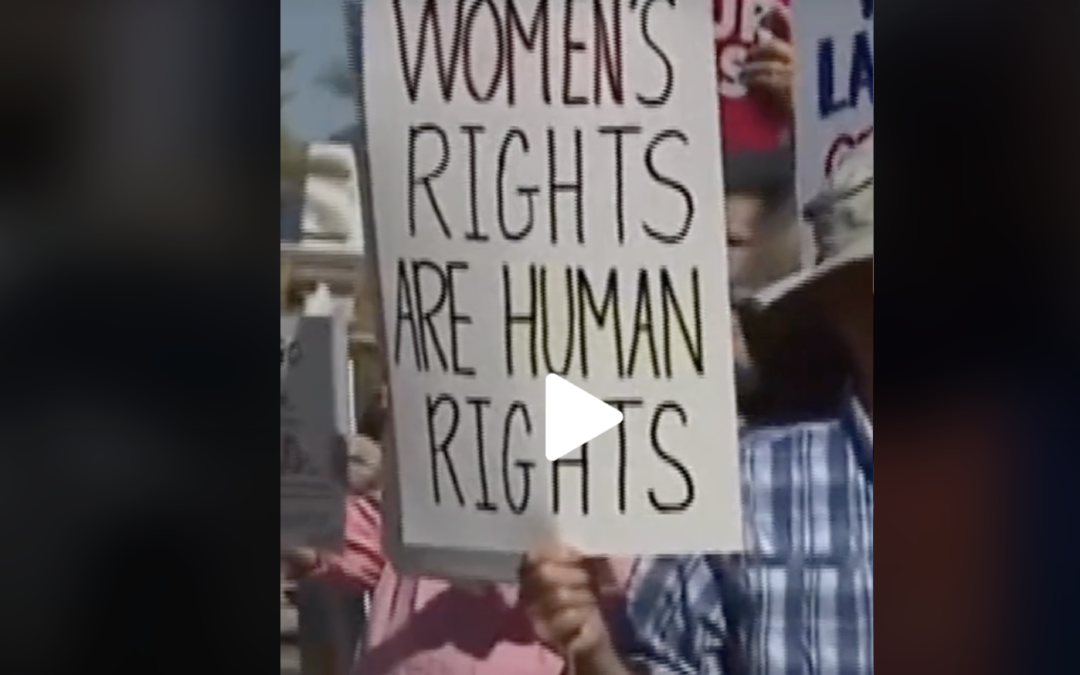
VIDEO: Hundreds show up in Scottsdale to support reproductive rights
@coppercourier Days after the Arizona Supreme Court ruled to enforce a long-dormant law that bans nearly all abortions, hundreds took part in a...
Local News
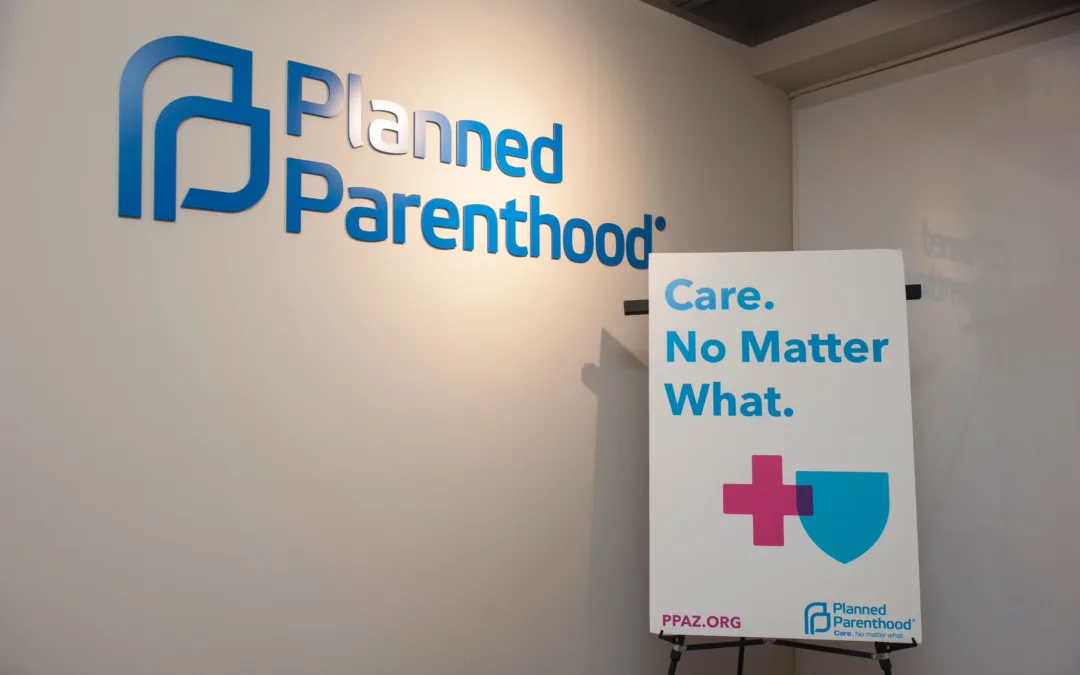
Planned Parenthood in Flagstaff resumes offering abortion care
Planned Parenthood Arizona is resuming abortion services in Flagstaff for the first time since 2022, despite the state’s newly reinstated 1864...
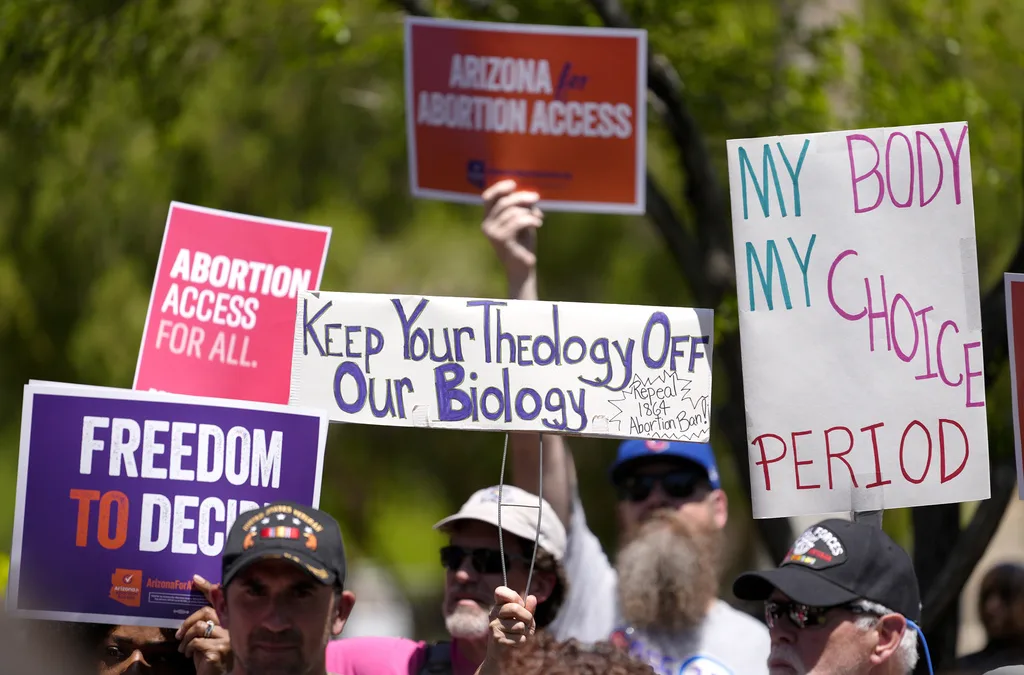
OPINION: Domestic Terrorism Prevents Women from Getting Lifesaving Abortions
Domestic Terrorism Prevents Women from Getting Lifesaving Abortions Twenty-five years ago, in the kitchen of his suburban Buffalo, New York, home,...

